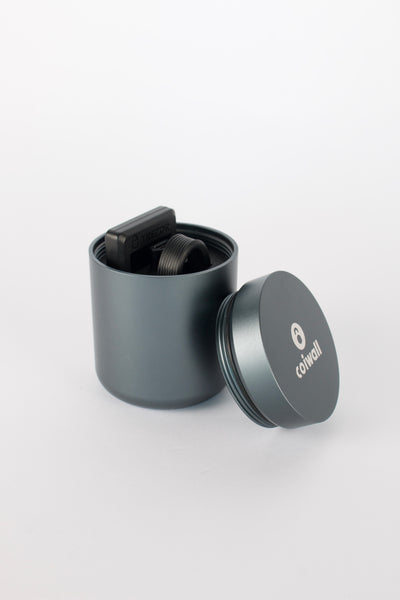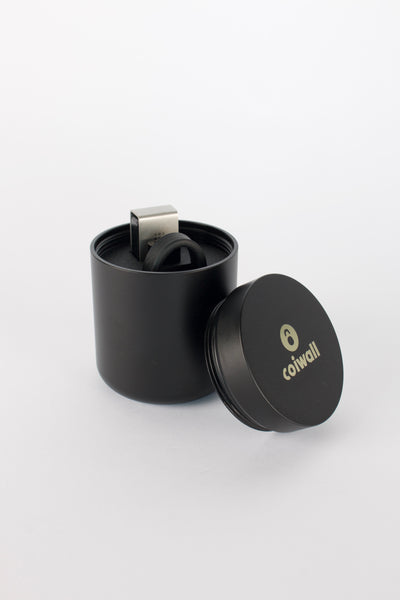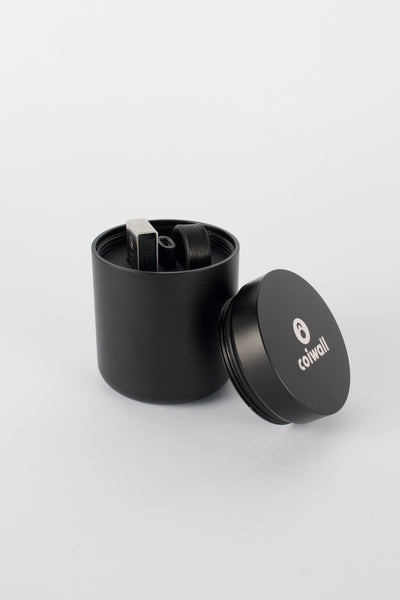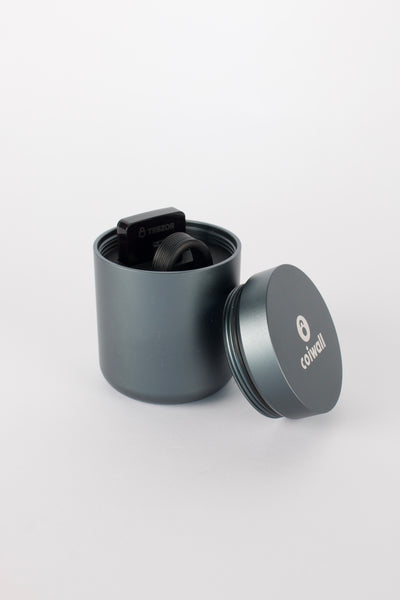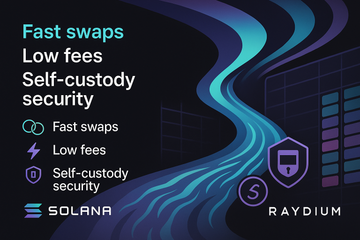Raydium feels like a fast lane on a busy crypto highway. It sits on Solana, it connects automated market making with an order book, and it tries to keep trades smooth even when the market moves in bursts. If you are curious about swaps, yield, and real execution, this is a good place to look. And if you care about self custody, you will want to think about how Ledger or Trezor fits into the picture. Let me explain, then we will talk through the details, the risks, and a few tricks that regulars use.
What Raydium actually is
Raydium is a decentralized exchange on Solana. It started by piping liquidity into Serum’s central limit order book, then the community shifted to OpenBook. Today, Raydium still routes orders across its own pools, partner pools, and order books. That mix gives everyday traders quick swaps, plus it gives pros decent depth. The feel is simple on the front end. Under the hood, a lot happens at once.
That is part of the appeal. Swaps settle fast, fees are low, and slippage can be tighter than you expect, especially during normal hours. When things get spicy, like during a meme coin rush, execution still holds up, though you may need to tweak slippage and add a priority fee. More on that in a moment.
How it works without the fluff
Here is the thing. Raydium’s base engine is an automated market maker, so you get liquidity pools you can trade against. On top of that sits an aggregator that searches for better routes across pools and order books. The result, when it clicks, is simple. You type in SOL on one side, your target token on the other, and the route appears with a price estimate and fee.
Raydium also supports concentrated liquidity for certain pairs. That means liquidity providers can place their funds inside a price range, so capital works harder. It looks a little technical at first, but the idea is friendly. Keep your funds close to the price that actually trades, and you may earn more from fees, if you keep the range managed.
Why Solana boosts the experience
Solana gives Raydium the speed to feel like a regular app. Block times are short. Fees are tiny. Jumpy markets still feel usable because confirmation is quick. You can stack a priority fee if you want faster processing in heavy traffic, which is useful when a token is moving in seconds. It is a small detail that matters in practice.
Trading on Raydium, the easy track
Most users stick to swaps. Pick a token, choose slippage, confirm, done. You can see the route, check the minimum received, and review the network fees. Keep an eye on the token’s liquidity. A thin pool can swing the price, even on Solana. Raydium’s interface shows price impact in plain numbers, which helps avoid surprises.
Some pairs support limit orders through order book routing. It feels closer to a traditional exchange. You set your price, walk away, and let the network do its job. For swing traders, that is handy, especially during busy sessions when trying to click at the right moment can get messy.
Providing liquidity, or how fees find you
Liquidity providers earn a share of trading fees. With standard pools, the model is simple. With concentrated pools, you choose a price range, then your position earns more when trades happen inside that band. There is a catch, and it is the same as everywhere. Impermanent loss can eat returns if the price runs off in one direction. It is not really a loss until you withdraw, though the math still bites. You can move your range to follow price, and some traders do that weekly or monthly to stay active without staring at screens all day.
You know what? The farmer’s market analogy works here. You set your stand on the street where people actually walk. Too far from the crowd, and you sell nothing. Too close to the edge during a storm, and you might get soaked. That balance is the art.
Fees, tokens, and what powers the ecosystem
Trading fees on Raydium are displayed before you confirm. They are usually small on Solana, though they add up on high volume. The native RAY token is used for liquidity incentives and community programs at times. Rewards change over time, so always check the current rates before committing funds.
Security starts with your wallet
Decentralized trading gives you control, which is great, but it also means the burden is yours. That is where hardware wallets enter the chat. Ledger devices work with Solana wallets like Phantom and Solflare, so you can sign Raydium trades while keeping keys offline. Trezor users often route through supported third party wallets when available, so always check the latest wallet integrations and instructions from the vendor before sending funds. Either way, confirm addresses, review approvals, and take your time when markets feel frantic.
- Use a hardware wallet when possible. Keys stay off your computer.
- Bookmark official links. Fake Raydium sites appear during hype cycles.
- Review token contracts. On Solana, a ticker can be misleading.
- Revoke stale approvals. Use your wallet’s permissions page or a trusted explorer tool.
A quick how to for first timers
Here is a simple path that many follow. It is not fancy, it just works.
- Fund a Solana wallet, Phantom or Solflare are popular.
- If you use Ledger, connect it and verify addresses on the device screen.
- Head to Raydium’s official site. Double check the URL.
- Connect your wallet, then select your token pair.
- Set slippage. Start with a small buffer, increase only if your first attempt fails.
- Consider a small priority fee if the network feels packed.
- Confirm the route, review minimum received, then sign.
After a swap, you can add the token to your wallet list if it does not appear automatically. If you provided liquidity, check your positions now and then, not every hour, just regularly enough to catch drift.
Advanced touches that make a difference
Raydium’s routing rarely gets the spotlight, yet it matters. The aggregator checks different pools and the order book, then finds a better path. You might see a multihop route that saves you a few dollars per thousand traded. Over a month, that is real money. Another small edge comes from timing adds to concentrated ranges around scheduled events, like token unlocks or large listings, when volatility can spike inside a known band.
If you are hunting new tokens, Raydium’s launchpad, called AcceleRaytor, has hosted sales in the past. Read the docs, use small amounts you are comfortable risking, and expect volatility. Launch days can feel like a carnival. Lots of noise, bright lights, and sudden moves. It is exciting, then it calms down.
Trends you can feel on Solana
Solana seasons show up fast. Meme coins can suck up liquidity, then drain just as quick. During those waves, spreads widen and slippage settings creep higher. Jito’s priority fee market can speed confirmations if you pay a bit extra. That can save a trade when a token is ripping. Other days are quieter, almost boring, which is when patient liquidity strategies tend to work best.
Risks, stated plainly
There is no free lunch here. Smart contract risk exists. Token risk exists, especially for new pairs with thin liquidity. Impermanent loss exists, and it is sneaky. Phishing is constant. Using a Ledger or a similar device reduces one kind of risk, key exposure, but it does not protect you from clicking the wrong link. Slow down, read, then sign.
On Solana, approvals are lighter than on EVM chains, which feels nice. Still, permissions pile up over time. Clean them up. Also, track tax events based on your local rules. Swaps and rewards can be taxable, which is not fun to think about, but it is better than scrambling later.
A tiny contradiction, and why it makes sense
Raydium looks simple. Yet it rewards careful planning. That sounds like a contradiction. It is not. The interface helps you act fast, while the structure, with ranges and routing, favors people who plan entries, exits, and risk. So, keep the screen light, keep the notes heavy.
Practical tips from regular users
- Use test trades first for new tokens. Small size finds issues cheaply.
- Keep SOL on hand for fees. Nothing stalls a session like running dry.
- Watch liquidity, not just price. The pool depth tells you how a candle will feel.
- For concentrated positions, widen ranges ahead of big news, then tighten later.
- Consider a second wallet for experiments, and keep your main wallet guarded by a hardware device.
Where Raydium fits in your stack
If you are on Solana, Raydium sits near the top of the toolkit. Fast swaps, decent routing, active pools, and a route to order book liquidity. For traders, it is a daily driver. For liquidity providers, it is a learning ground with real rewards and real traps. For everyone, it is a reminder that self custody matters.
Honestly, the appeal is straightforward. You want speed and fair prices. You want custody and control. You want tools that do not get in your way. Raydium tries to hit those notes. Add a hardware wallet like Ledger, keep your links clean, and you will feel a lot calmer when the market heats up.
Final thought, then back to the charts
Raydium will keep evolving as Solana evolves. Markets change, routes change, incentives change. The core idea remains the same. Make trading fast, keep custody with the user, and treat liquidity like a living system. If that matches how you work, Raydium will feel like home, a busy one, but a good one.

